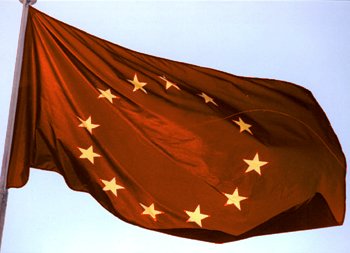Martin de Tours - he take off his cloak and the sun return.
So, we have:
- a warrior that abandons his own clothes and creates warm temperatures in doing it - like the Celtic Gaesatae use to do before the battles, because their «ferg», supernatural rage, makes their bodies shine and burn like fire.
http://www.soupsong.com/znov02.html
A part of the article:
But to this day the goose connection with St. Martin remains--in France, in Germany, Austria, Denmark, Scandinavia, Latvia, Estonia, and Poland. And in Sweden, roast goose on November 10, Martinmas Eve, is traditionally accompanied by svartsoppa, or "black soup," made of goose parts.
Of course there's a perfectly logical reason for this goosey tradition--and one that likely drove all the folk stories. November was precisely the month in northern Europe when livestock had to be slaughtered. Winter was a'coming in; the amount of livestock feed was severely limited; and anything that couldn't be kept alive over the winter had to be fattened, killed, and either eaten or cured. Not to mention that this was exactly the time that geese, pure and simple, were at their most supremely fattest and best. Thus all the harvest feasts. Then, too, in an ironic twist, geese were sacred to the very pagans that Martin was trying to convert--associated with Mars, the Roman god of war, and the Germanic god Wotan.
Also,
http://www.st-martins-seamer.net/pages/geese.htm
St Martin has another connection with geese. His name - Martinus in Latin - is derived from the name of Mars, the Roman god of war whose constant companion, according to legend, was - a goose!
